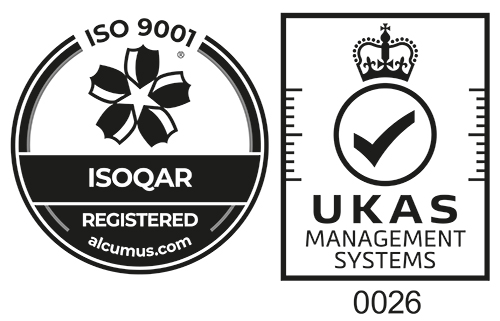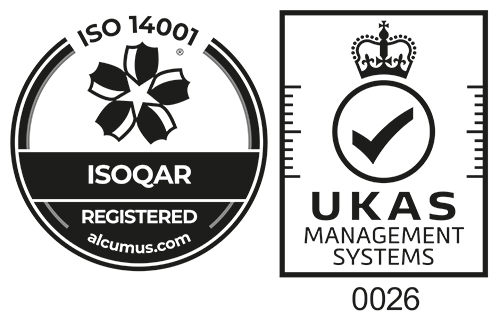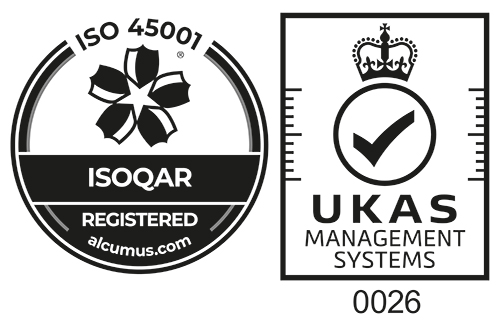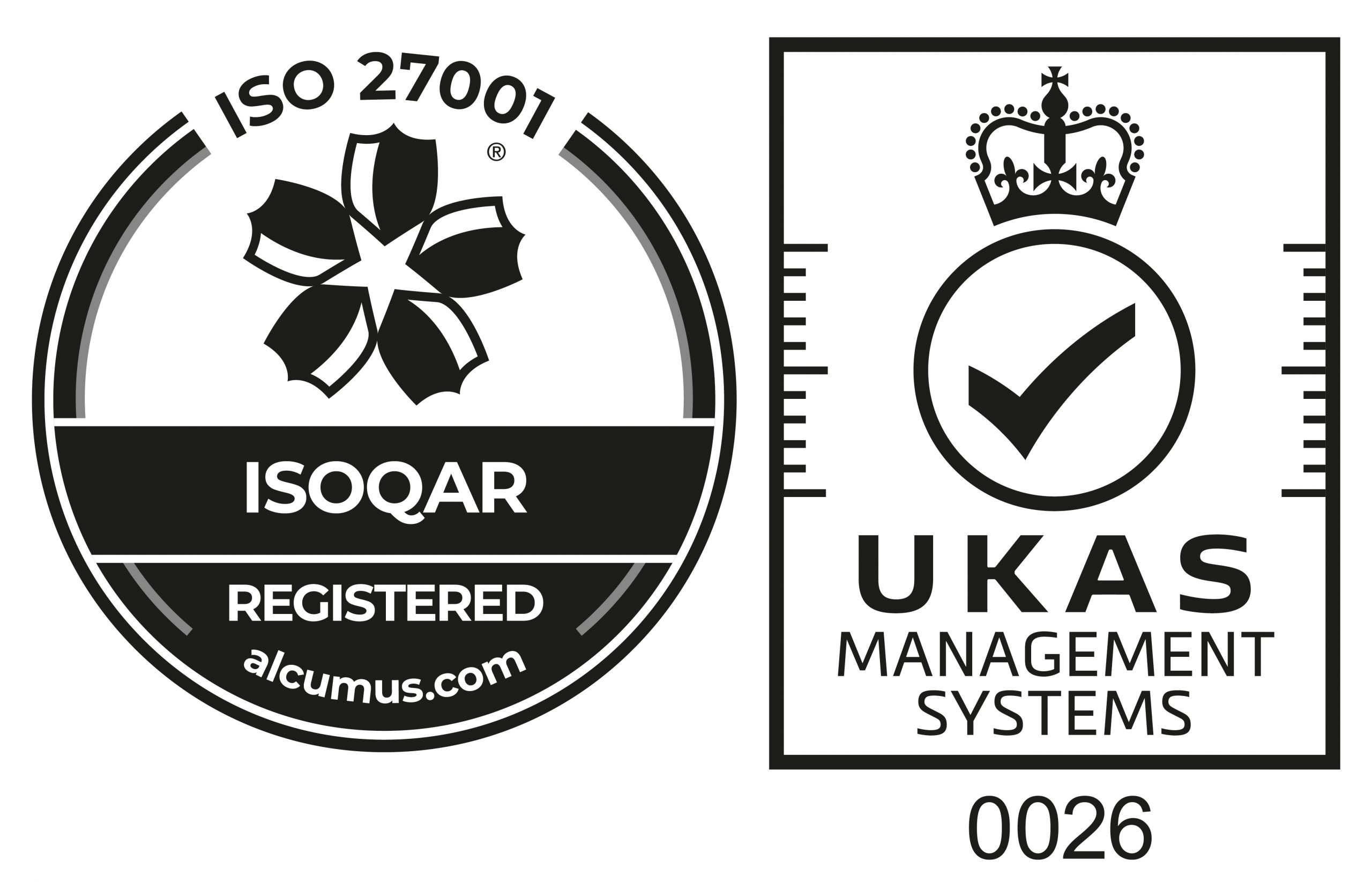 Employees are a construction company’s most valuable assets, particularly in the UK with the skills shortage we face. The keeping of key employees has always been vital to the long-term success of any contractor. The 2008 recession led to a decline in the construction workforce and there are not enough new recruits entering the market to replace those who left the industry or are retiring. This shortage of construction talent can be seen at all levels, from professional employees to workers in the skilled labour trades.
Employees are a construction company’s most valuable assets, particularly in the UK with the skills shortage we face. The keeping of key employees has always been vital to the long-term success of any contractor. The 2008 recession led to a decline in the construction workforce and there are not enough new recruits entering the market to replace those who left the industry or are retiring. This shortage of construction talent can be seen at all levels, from professional employees to workers in the skilled labour trades.
When your company hires new workers, it is certainly in your interest to do everything possible to retain them as they are becoming a scarce resource. Any

successful retention strategy must begin the moment a new employee is hired. In the Americans’ experience It is estimated that one out of every five employees will quit within their first year of employment. Nearly 20 percent of those who resign will leave during their first 45 days. Developing an onboarding or induction program is one of the simplest and smartest strategies a construction employer can use to successfully limit loss and build long-term loyalty among employees. In any case in the UK it is a regulatory requirement on new projects to do so.
ONBOARDING OR INDUCTIONS BUILDS A SOLID FOUNDATION
Onboarding, otherwise known as Inductions in the UK, is a structured process of welcoming new employees to a company. An onboarding plan should provide more than simple job orientation and training. The process should also ideally offer mentoring, support, and information about the company culture and organizational structure. Today’s larger construction firms should design onboarding programs that teach all the foundational basics a person needs to know in order to achieve success with their new employer.
ONBOARDING OR INDUCTION PROGRAMS SAVE EMPLOYERS TIME AND MONEY
Implementing an onboarding or induction program does not have to be expensive or time consuming. In fact, the process can save time and money in the long run. The costs of recruiting, interviewing, hiring, and training new employees are some of the biggest investments that a contracting firm must make. A properly designed and executed onboarding process can increase the return you get on those investments.
Effective onboarding and induction programs can also decrease employee turnover rates. Turnover is thought to be one of the most expensive costs contractors  bear as it leads to wasted time and resources as well as lower rates of productivity. Reducing your turnover rate can also help boost your company’s success in recruiting candidates. A firm with a high retention rate is more likely to be perceived as a desirable employer, whereas a firm with a high turnover rate may develop a negative reputation in the marketplace. In this tight labour market, anything you can do to attract candidates will be beneficial.
bear as it leads to wasted time and resources as well as lower rates of productivity. Reducing your turnover rate can also help boost your company’s success in recruiting candidates. A firm with a high retention rate is more likely to be perceived as a desirable employer, whereas a firm with a high turnover rate may develop a negative reputation in the marketplace. In this tight labour market, anything you can do to attract candidates will be beneficial.
Though the construction labour market is tight, there are many skilled and talented candidates seeking the kinds of job opportunities your firm has to offer. American research shows that 25 percent of the working population undertakes a career transition every year. An onboarding program encourages new hires to stay with your company by easing the stress of transition. On the Holmes and Rahe Stress Scale, a psychiatric tool that ranks life’s most stressful events, changing jobs ranks behind the death of a close friend. By creating a comprehensive onboarding process, you will make new employees feel less stress and more loyalty while cultivating their talents.
HOW TO IMPLEMENT AN ONBOARDING OR INDUCTION PROGRAM
Onboarding should start during the recruiting phase. Be prepared to answer any questions that your prospective new hires might have throughout the interview process. Keep candidates informed every step of the way. This demonstrates that your company is well organized and supportive. When an individual accepts a position, maintain communication with that person right up until his or her start date. This will help new employees feel welcomed and better prepared when they arrive for their first day of work.
On an employee’s first day on the job, he should begin a comprehensive orientation program that goes beyond employee handbook basics. As part of this program, new hires should also receive:
- A clear statement expressing your company’s mission, goals, and values
- An in-depth job description that includes objectives and responsibilities
- Organizational charts with names and titles that show the chain of command
- A career development plan with short- and long-term goals
Most importantly, an effective orientation program should provide job-specific training that demonstrates a long-term commitment toward employee development. Establish a mentorship/coaching program that integrates seasoned professionals with new hires. You may want to consider creating a leadership rotation for new college graduates.
ONBOARDING/INDUCTION CAN IMPACT YOUR BOTTOM LINE
Having an onboarding process in place will minimize the amount of time it takes for new employees to reach their full potential, while maximizing their loyalty to the company. This can have a big impact on your bottom line. Contractors and construction firms are currently already experiencing shortages of workers serious enough to affect project costs and schedule performance. Companies that are being proactive and implementing strategies designed to increase retention are already achieving more success than their competitors.
[vc_video link=”https://www.youtube.com/watch?v=0OPQUmy47OI” el_width=”60″ align=”center”]
To find out more about us click here
Source: BY JUSTIN WILKINS KIMMEL & ASSOCIATES. Construction Magazine





